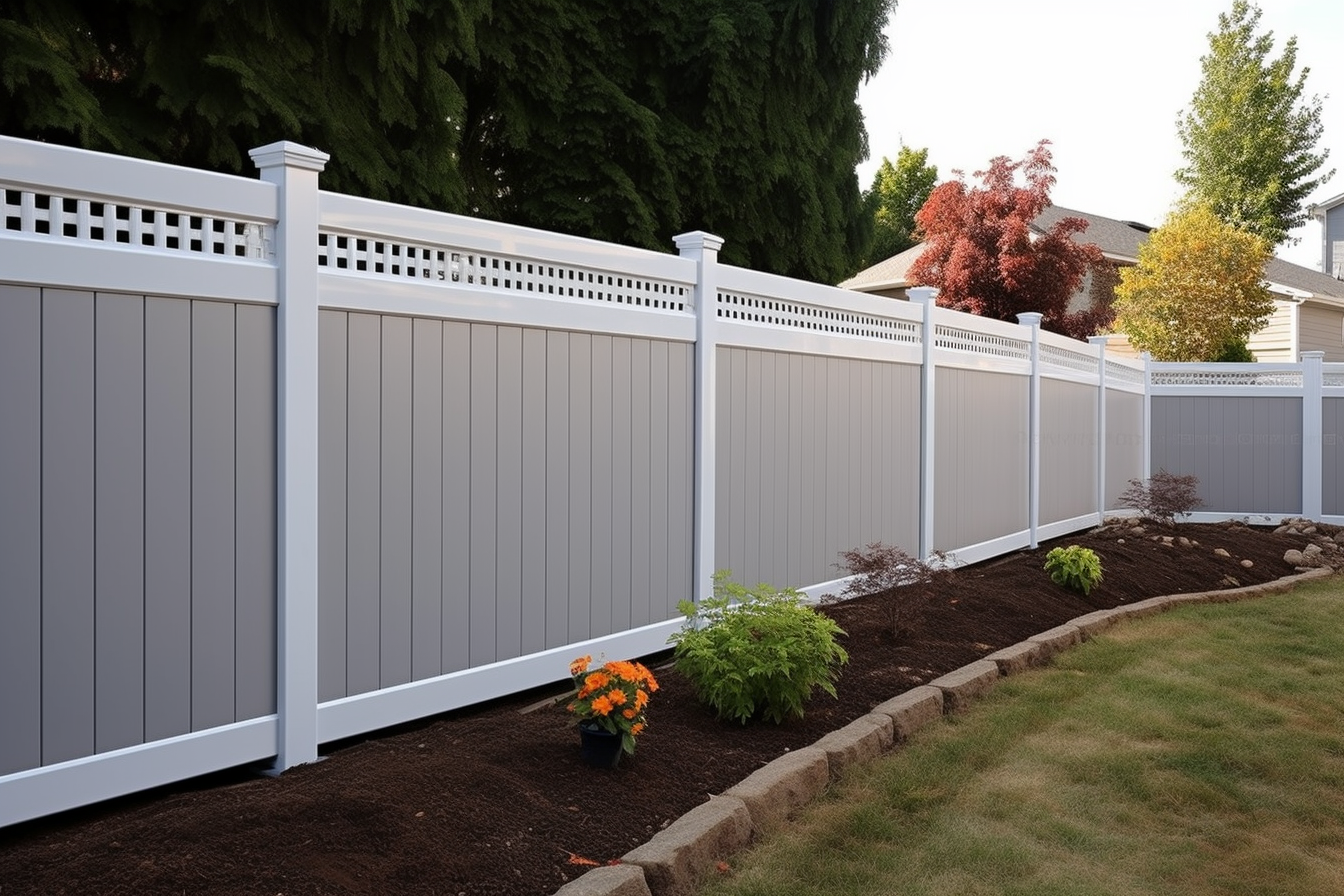Composting and Soil-Building Techniques for Healthier Beds
Composting and targeted soil-building restore nutrients, improve water retention, and support resilient plant growth in garden beds. This guide presents practical methods for home gardeners and landscapers to build soil health through composting, mulching, irrigation adjustments, pruning, and seasonal care.

Healthy garden beds begin with soil that supports roots, holds moisture, and sustains beneficial organisms. Composting and intentional soil-building increase nutrient availability, improve texture, and reduce the need for frequent interventions. The following sections describe practical approaches—from creating and using compost to mulching, irrigation adjustments, pest management, and seasonal care—that gardeners and landscapers can adopt to improve long-term soil health and lower ongoing maintenance demands.
Composting: approaches and materials
Successful composting balances nitrogen-rich “greens” (kitchen scraps, grass clippings, coffee grounds) with carbon-rich “browns” (dry leaves, straw, shredded cardboard). Small, frequently turned hot piles decompose faster, while cold piles and tumblers require less labor. Finished compost can be incorporated into planting holes, worked into topsoil, or used as a top dressing. Composting also reduces household and yard waste, helping with decluttering and supplying a continuous source of organic amendment for beds and potted indoor plants.
Soil health: testing and structure
Start by testing pH and nutrient levels with a home kit or through local services that analyze samples. Good soil structure—crumbly, porous loam—encourages roots and microbial life; compacted clay benefits from added organic matter and mechanical aeration. Integrate finished compost, well-rotted manure, or leaf mold to improve aggregation and drainage. Record test results and visual plant responses to refine maintenance routines; over time, regular organic inputs reduce reliance on synthetic fertilizers and support a balanced soil biology that aids pest suppression and plant vigor.
Mulching: timing and benefits
Apply a 2–4 inch layer of organic mulch such as shredded bark, wood chips, or leaf mulch to conserve moisture, suppress weeds, and moderate soil temperature. Keep mulch a few inches away from stems and trunks to prevent rot. Renew mulch annually or as it breaks down; this gradual decomposition contributes to soil organic matter. Mulching also improves energy efficiency by lowering irrigation needs and limiting heat stress on roots in warm seasons, which complements broader landscaping and maintenance strategies.
Irrigation: water and nutrient balance
Irrigation methods and schedules should match soil type and plant needs. Drip irrigation or soaker hoses deliver water efficiently to the root zone, reducing evaporation and disease pressure compared with overhead watering. Soils high in organic matter retain water more evenly, allowing less frequent but deeper watering that encourages robust root systems. Monitor soil moisture with a probe or simply by feel, and adjust irrigation during seasonal transitions; efficient systems support healthier beds while conserving water resources.
Pest management: biological and cultural controls
Healthy soils encourage beneficial insects, nematodes, and microbes that help control pests, so soil-building is an essential pest management tool. Use cultural tactics—proper spacing, crop rotation, and timely pruning—to lower disease risk and limit pest habitat. Encourage biodiversity with native plants and companion planting to attract predators. For persistent problems, choose targeted, least-toxic treatments and document outcomes during regular maintenance to identify trends and refine integrated pest strategies.
Seasonal care: maintenance across the year
Seasonal care ties together composting, mulching, irrigation, and pruning. In spring, perform soil tests, lightly incorporate compost, and plan plant placements for the landscaping season. Summer maintenance focuses on mulching, irrigation adjustments, and routine pruning to remove dead growth and shape plants. In autumn, collect suitable garden debris for composting, refresh mulch, and prepare beds for winter; consider cover crops or green manures to protect soil and add organic matter. Winter is an opportunity to service irrigation systems, plan planting rotations, and declutter stored materials so spring work is efficient.
Conclusion
Applying composting and soil-building techniques yields multiple benefits: improved nutrient cycling, better moisture retention, reduced pest pressures, and a more resilient landscape requiring less intensive upkeep. When combined with mindful mulching, efficient irrigation, regular pruning, and seasonal care, these practices contribute to healthier beds that support a wide range of plants—from outdoor borders to containers for indoor plants—while aligning with sustainable landscaping and maintenance goals.





